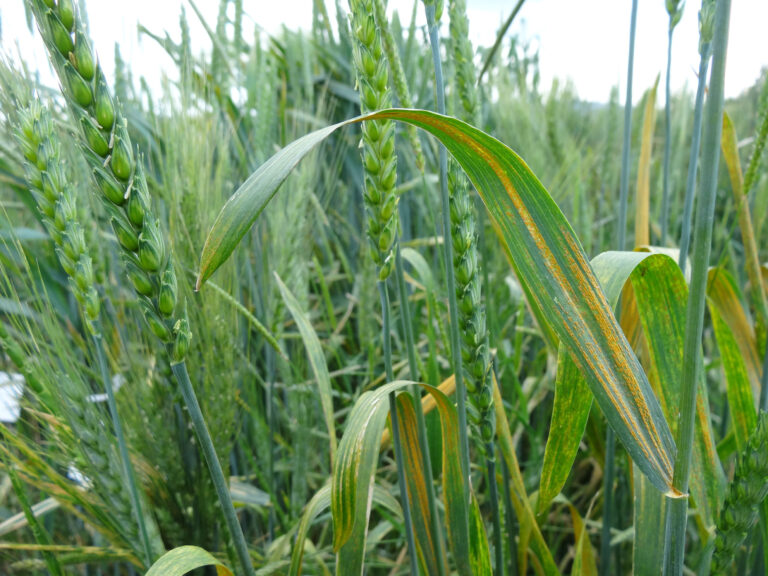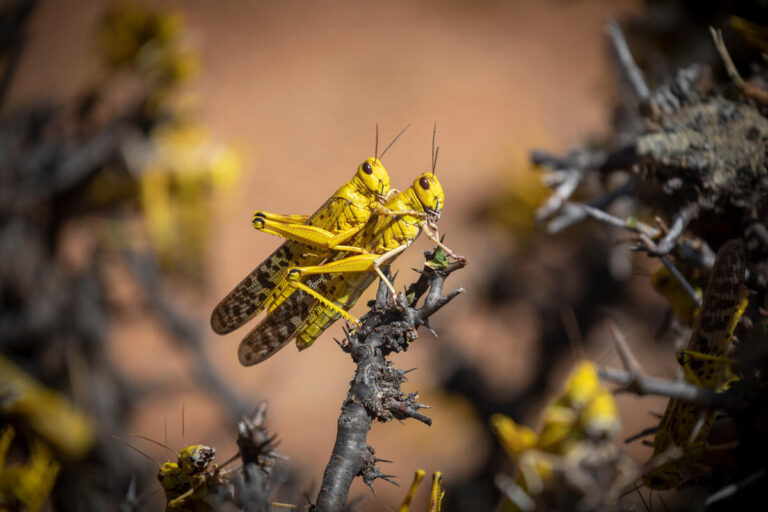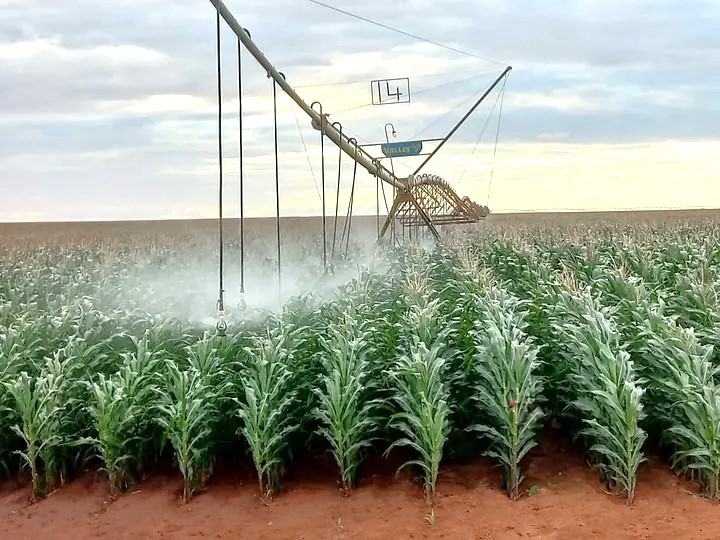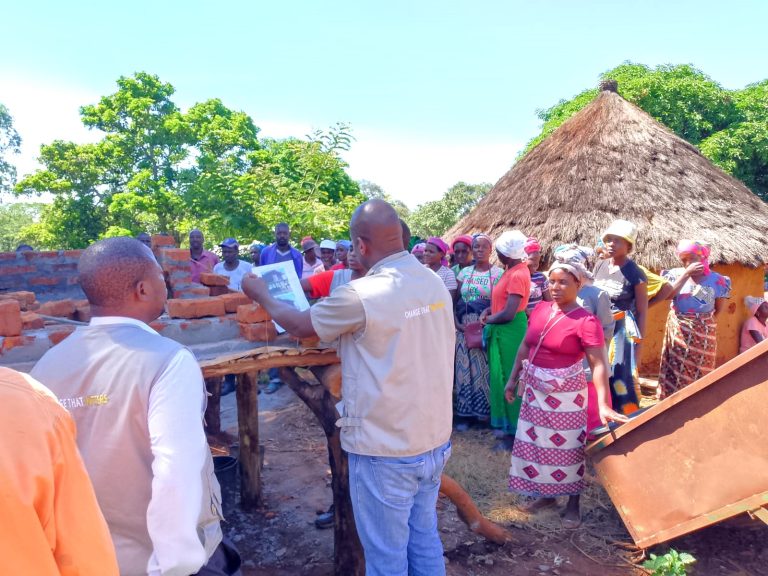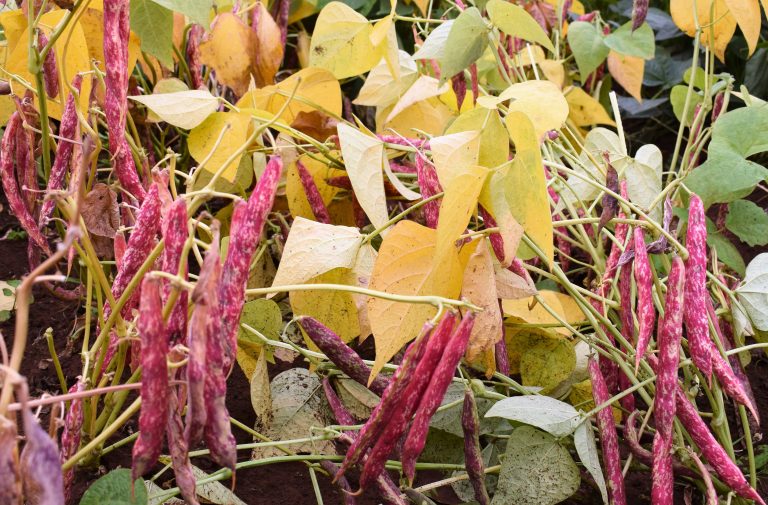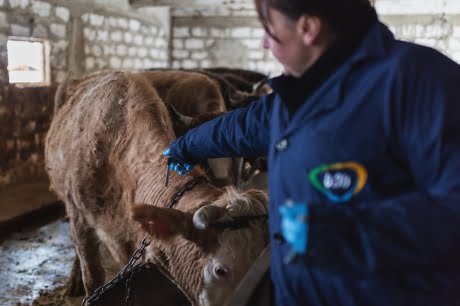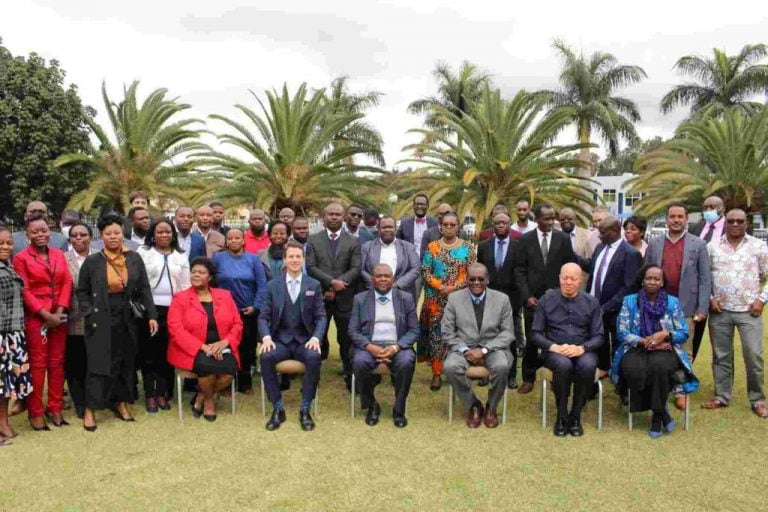The Food and Agriculture Organization (FAO) of the UN is continuing its efforts to contain the Desert Locust upsurge in East Africa despite restrictions on the movement of personnel and equipment resulting from the COVID-19 pandemic.
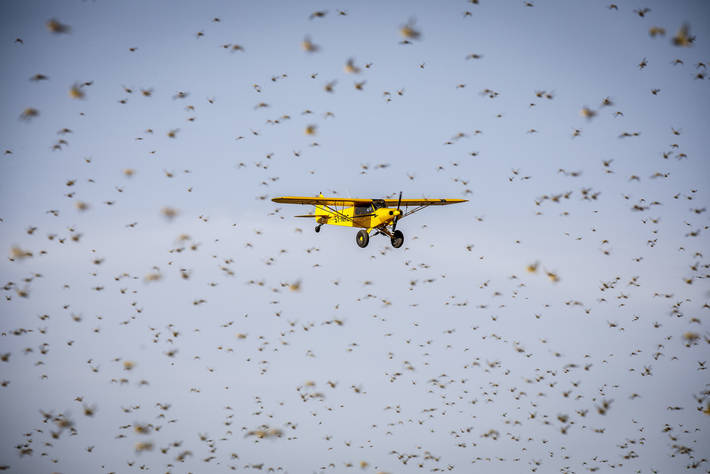
The Desert Locust upsurge continues to remain alarming, particularly in Ethiopia, Kenya and Somalia, where it poses an unprecedented threat to food security and livelihoods. In the six East African countries worst affected or at risk of locusts – Ethiopia, Kenya, Somalia, South Sudan, Uganda and Tanzania – around 20 million people are already experiencing acute food insecurity, and a further 15 million in Yemen, which is also being affected by the pest.
Widespread rainfall in March is expected to produce a dramatic increase in locust numbers in East Africa over the coming months, with new swarms expected to move from Kenya into South Sudan and Uganda. The situation is also worrying in the Islamic Republic of Iran and Yemen where a new generation of locusts is emerging.
Restrictions on the movement of personnel and equipment imposed by COVID-19 have created challenges but FAO is continuing to work with national governments, farmers and agricultural producers to contain the outbreak.
“There is no significant slowdown because all the affected countries working with FAO consider Desert Locusts a national priority,” said Cyril Ferrand, FAO’s Resilience Team Leader for East Africa.
“While lockdown is becoming a reality, people engaged in the fight against the upsurge are still allowed to conduct surveillance, and air and ground control operations.”
FAO is augmenting national efforts by providing support for surveillance as well as aerial and ground spraying being conducted in 10 affected countries.
So far more than 240,000 hectares have been treated with chemical pesticides or biopesticides across the region and 740 people have been trained up to conduct ground locust control operations. But COVID-19 has had an impact on the supply of motorized sprayers and pesticides.
“The biggest challenge we are facing at the moment is the supply of pesticides and we have delays because global air freight has been reduced significantly,” Ferrand said.
“Our absolute priority is to prevent a breakdown in pesticide stocks in each country. That would be dramatic for rural populations whose livelihoods and food security depend on the success of our control campaign.”
As COVID-19 restricts the movement of personnel in the field, FAO is intensifying remote data collection and the network of partners, civil society, extension workers and grassroot organizations is critical for providing information from remote locations especially in Ethiopia, Kenya, Somalia and South Sudan.
FAO is encouraging all countries to use eLocust3, a rugged handheld tablet and app, which records and transmits data in real time via satellite to national locust centres and to the Desert Locust Information Service (DLIS) based at FAO headquarters in Rome.
Since 2015, more than 450 of these handheld devices have been distributed to teams in northern Africa, the Near East and southwest Asia, allowing the transfer of real-time data from the middle of the desert directly to the national locust office and to FAO’s headquarters. More recently, FAO has developed a version of eLocust3 that can be used on mobile phones and a GPS device in order to broaden usage and coverage.
“We need to rely on a network of partners in the field in order to collect vital information because we cannot go everywhere due to COVID-19,” Ferrand said.
The Desert Locust is considered the most destructive migratory pest in the world and a single swarm covering one square kilometer contains up to 80 million locusts. FAO estimates the number of locusts could increase another 20 times during the upcoming rainy season unless control activities are stepped up.
The current situation represents an unprecedented threat to food security and livelihoods that could lead to further suffering, displacement and potential tensions.
FAO recently scaled up its Desert Locust appeal to $153.2 million and so far $111.1 million has been pledged or received.
Funding has been received from Belgium, Canada, China, Denmark, France, Germany, Italy, the Netherlands, Saudi Arabia, Sweden and Switzerland as well as the Abu Dhabi Agriculture and Food Safety Authority, the African Development Bank, the Africa Solidarity Trust Fund, the European Civil Protection and Humanitarian Aid Operation (ECHO), the European Union, the Bill & Melinda Gates Foundation, the Mastercard Foundation, the UK Department for International Development (DFID), the UN Central Emergency Response Fund (CERF) and USAID.
Desert Locust monitoring, forecasting and control are at the heart of FAO’s mandate. Its Desert Locust Information Service has been in operation for nearly 50 years. FAO’s well-established field presence, ability to link up authorities from different countries, and expertise in Desert Locust management, make it a key player in responding to upsurges like that currently affecting East Africa.


